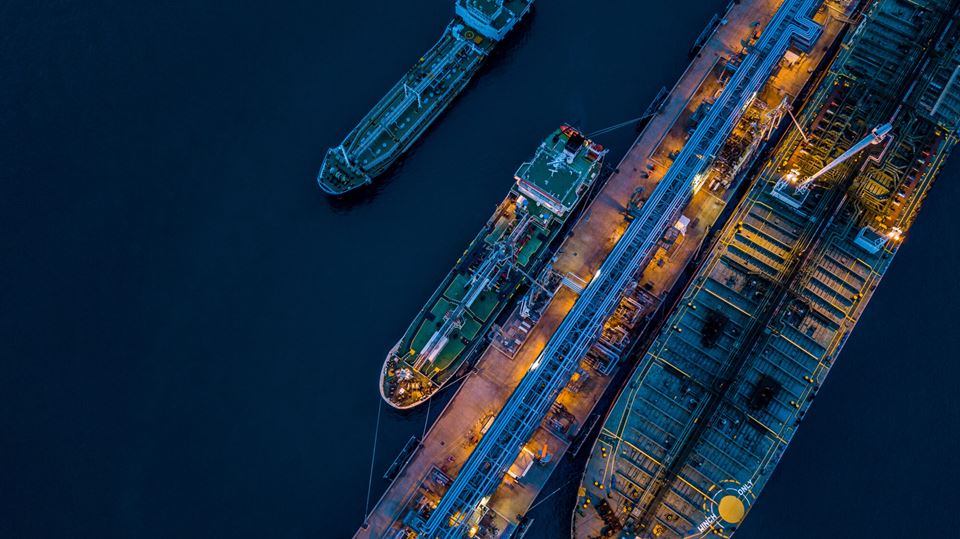In Norway, technological developments are paving the way for shifting more cargo transportation from the road to the sea via small, autonomous, electrically driven ships. AI will undoubtedly play a crucial role in rendering autonomous ships a viable prospect, also in response to the shortage of skilled seafarers and the ever-increasing complexity of maritime operations.
AI is already aboard ships, but the tasks we entrust such systems to are, as of now, quite limited. To transition towards use of AI in safety-critical applications, we need to be able to provide the reasoning behind an AI’s decision-making, as well as the degree of certainty or uncertainty associated with those decisions.
To be effective, AI must be integrated into autonomous ships in a safe manner. We have investigated which tasks that can safely be handed over to AI systems today.
Currently, the technology is not at a developmental stage at which AI systems can fully assume the role of the ship master. This is due to the lack of methods that provide sufficient trust that AI will make correct decisions in all possible situations it may encounter.
We need to know more about why a decision is made, as well as how certain AI is in its own decision.
Strict qualification requirements
The performance of an AI model relies on the dataset it is trained upon. To draw an analogy with road biking: If you’ve only biked on country roads, biking in urban traffic might be a challenge.
The novel experience of biking in the city gives the opportunity to train “on the job”, and you will probably learn from this experience quite quickly. Unfortunately, the only way to check if you have learned enough is through testing.
This is also the case in the shipping sector, which operates with a strict regime for the qualification and approval of the technologies installed on ships.
Any AI tool, as for other technologies, must demonstrate that it is fully capable of carrying out the tasks to which it is assigned. This means that an AI-based system must be capable of handling any possible situation it may encounter. This may not be possible, as the dataset it will be trained on is finite.
As of now, we are beginning to understand what may be needed to effectively train AI. Nevertheless, the specific criteria that need to be established before AI can be entrusted with the command of a ship remain unknown.
Two potential applications
AI refers to a wide variety of technologies including “machine learning” and “deep learning”. When referring to AI in connection with the shipping sector, we usually consider the application of one or both of these categories to one of the following purposes:
* AI systems used in conjunction with sensors such as cameras or radars designed to observe what is happening around a ship and to generate an understanding of the situation in which it finds itself. This is often referred to as situation awareness or electronic lookout.
* AI systems that make decisions as to what action a ship should take based on the situation awareness it has developed. For instance, such a decision may enable the ship to implement an action that changes its course or speed to avoid colliding with other ships.
AI uncertainty
Both applications are possible, but we must exercise caution. There is a significant difference between using AI to facilitate situation awareness and using AI to make decisions.
AI systems are particularly well suited to assist us in observing what is going on around a ship at sea. They are useful for processing data we collect from various sensors to generate situation awareness. They can identify objects and inform us what the objects are. Which ship am I looking at? What is the wave height? Are there any buoys in the area? What is the distance to land?
The problem arises when an AI tool encounters a situation that it has not been exposed to before. In these cases, the model will need to extrapolate based on available data, and in some cases “guess” the answer as best it can.
For instance, when several ships meet in close proximity, the AI system will need to determine the correct decision to make based on “good seamanship”. It will most likely have never experienced the situation before and end up “guessing” what is best to do.
Remote operation centres can assist
Most users of ChatGPT have experienced strange answers to many of their questions. This is due to the performance of the technology being limited by the dataset it has been trained on. If it has not encountered a given situation as part of its training, it will need to extrapolate, and in some cases “guess”.
As we currently do not have systems in place to evaluate how certain or uncertain an AI system is in its decision, we cannot safely allow AI to take control of a ship. Humans must still be involved to ensure safe ship operation.
This does not mean that autonomous ships are out of reach. Remote operation centres can be used to monitor the operations of an autonomous ship. Operators in the centre may also take control when necessary. Examples of such situations include complex navigation, or instances of high AI model uncertainty. Such a handover must, however, take place in a safe and timely manner.
This is an operational solution that may become a part of the qualification of AI technologies for ships. Nonetheless, it does not solve the underlying challenges associated with utilizing such AI-based systems.
Making AI aware of its own uncertainty
We cannot expect that AI systems will be permitted to make safety-critical decisions on ships in the immediate future.
To use AI safely, an initial task will be to develop methods that render AI aware of its own uncertainty. In other words, we must provide methods to notify users of situations in which the AI is unsure of its answer – instead of simply guessing.
The next step will be to understand why an AI system makes the choices it does, thereby building trust in the system. Nonetheless, thorough testing will in both be essential to verify the robustness of AI models before they can assume command of a ship.
Begin by automating certain tasks
In the short term, decision support systems for situation awareness may be a natural first step towards AI-based navigation. An electronic lookout can automate critical navigation tasks and significantly reduce the cognitive load on crew members, thereby enabling safer operations with fewer crew members.
By stepwise acceptance of such systems, we can increase the deployment of decision support systems, which, in turn, can build the necessary expertise and understanding around such systems. Hence, decision support systems will serve as a fundamental building block for autonomous navigation.
Looking ahead, we will undoubtedly see increased integration of AI-based functions on ships. However, only time will tell if AI will ever be ready to fully take command.


